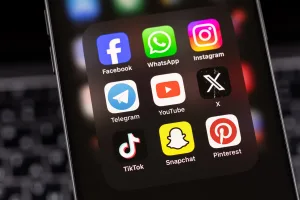Engaging consumers has become a major challenge for brands. According to a study conducted by Airship, 68% of French people are willing to share their interests with a brand to benefit from personalized interactions and advantages.
This statistic underlines the importance of companies moving beyond one-way communication to interactive, immersive exchanges. Indeed, today’s consumers are looking above all to build a privileged relationship with brands, wishing to be immersed in their world through memorable interactions.
In this article, we reveal the keys to initiating an effective interactive marketing strategy.
Defining interactive marketing
Interactive marketing refers to all marketing actions that enable consumers to interact with a brand in real time, usually via digital media. Unlike more traditional approaches, this type of marketing is based on exchange, engagement and personalization.
The concept emerged in the 2000s with the rise of Web 2.0 and social networks, which transformed the relationship between brands and consumers. To help you understand how interactivity is transforming marketing, here’s a chart that compares this approach to traditional marketing.
| Traditional marketing | Interactive marketing |
| Top-down, one-way communication | Two-way, participative communication |
| The consumer is passive | The consumer is an actor in the experience |
| Media: TV, billboards, press radio | Media: web, social networks, games, applications |
| Generic message with little personalization | Contextualized, personalized message |
| Objective: promote or sell | Objective: engage, convert and build loyalty |
Interactive marketing doesn’t just push a commercial message: it creates an experience, a connection between the user and the brand. This approach favors better memorization, stronger emotional involvement and, ultimately, concrete results in terms of engagement and conversion.
What are the advantages of interactive marketing?
Adopting an interactive marketing strategy is much more than just a trend: it’s a real opportunity for brands to build a strong, lasting relationship with their audience. Here are the main benefits of this approach:
1. Increase brand awareness
Interactive marketing, especially via viral formats (such as marketing games like challenges), reaches a large audience andimproves brand visibility. Users are more likely to share an engaging experience, which multiplies the organic reach of marketing content.
2. Stimulate commitment
By offering a participative experience, brands can capture attention more effectively. Content becomes conversational, and users enjoy interacting with the brand universe (rather than simply consuming an advertising message).
3. Encourage conversion
Whether it’s signing up for a newsletter, downloading a coupon or making a purchase, marketing subtly inserts incentives to action within a fun experience, improving the conversion rate.
4. Strengthen customer loyalty
Interactive campaigns, especially if they are recurring or scripted, create an emotional bond. Users are more likely to come back, expecting an interesting interaction, a reward or simply a good time.
5. Know your target better
Thanks to the data collected during interactions (product preferences, behaviors, answers to quizzes…), brands can refine their customer knowledge. This enables them to effectively segment their audience and propose more personalized offers.
6. Stand out from the competition
In a context of advertising saturation, offering an original interactive experience is a great way to stand out from the crowd and make a lasting impression. It’s an excellent way to modernize your brand image and position yourself as an innovator.
Concrete examples of interactive tools and formats
Interactive marketing is based on a variety of engaging formats that encourage the audience to actively participate in a marketing campaign. Here are 6 concrete examples of tools and mechanisms that can be integrated into an interactive communications strategy:
1. The personalized survey
A simple, effective format, <a href="https://www.socialshaker.com/en/project/fans-choice-photo/
“>the photo-contest version of the survey captures attention while collecting preferences. It can be fun (personality quiz, knowledge test), or conversion-oriented (product recommendation, need qualification).
Example: The Pearl Resort group invites its audience to like its favorite hotel photo. The results of this interactive survey will enable the company to better target the preferences of each user, while identifying strong trends within its target audience.
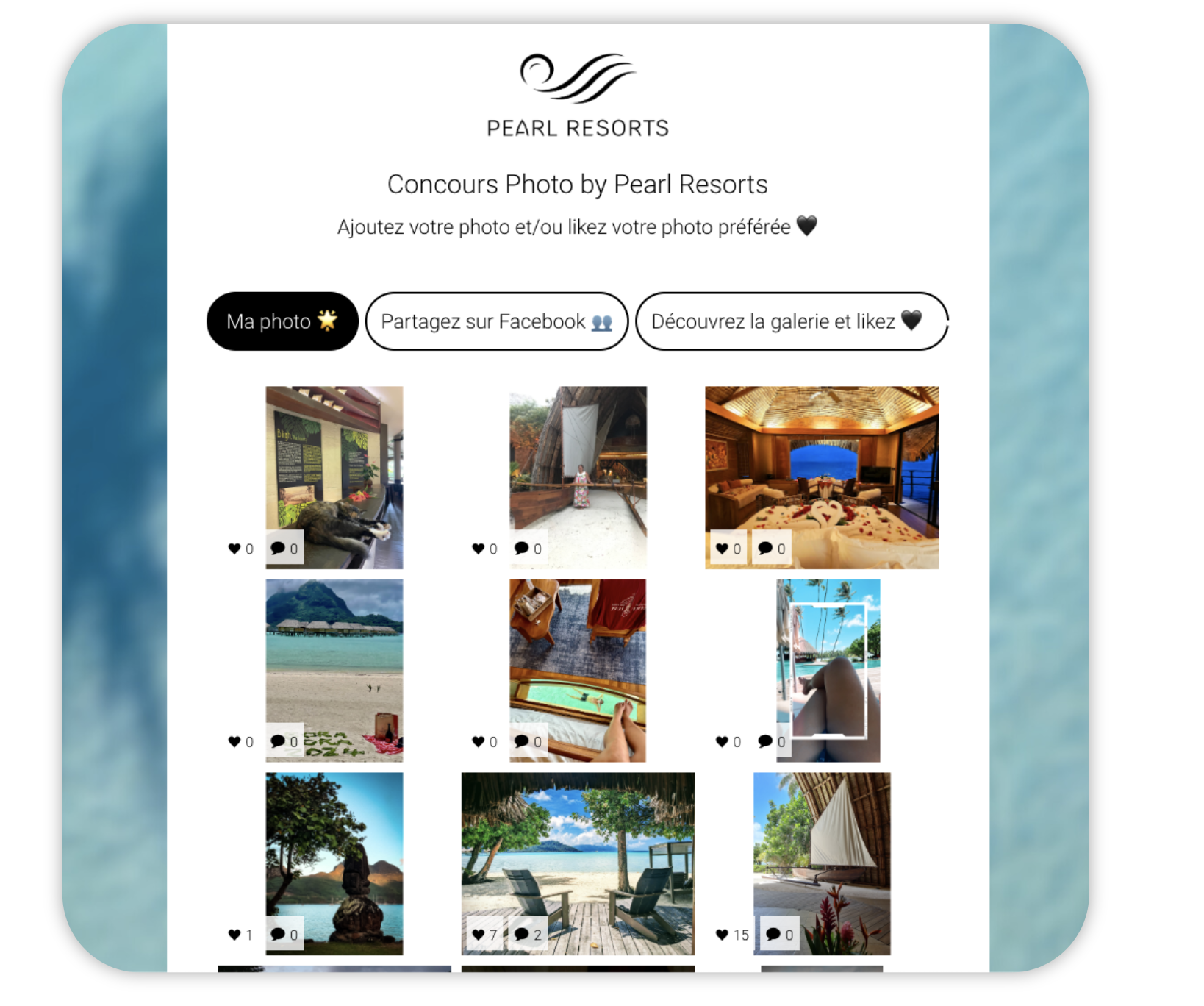
2. Instant Winner
Scratch-off, Wheel of Fortune, Jackpot… These playful formats offer immediate results and reinforce engagement thanks to the promise of a reward.
Example: The Auteuil Brasserie brand offered its community a scratch card game to liven up the Roland Garros tournament. This format, adapted to the high point of the event, strengthened the commitment of users and their attachment to the brand.
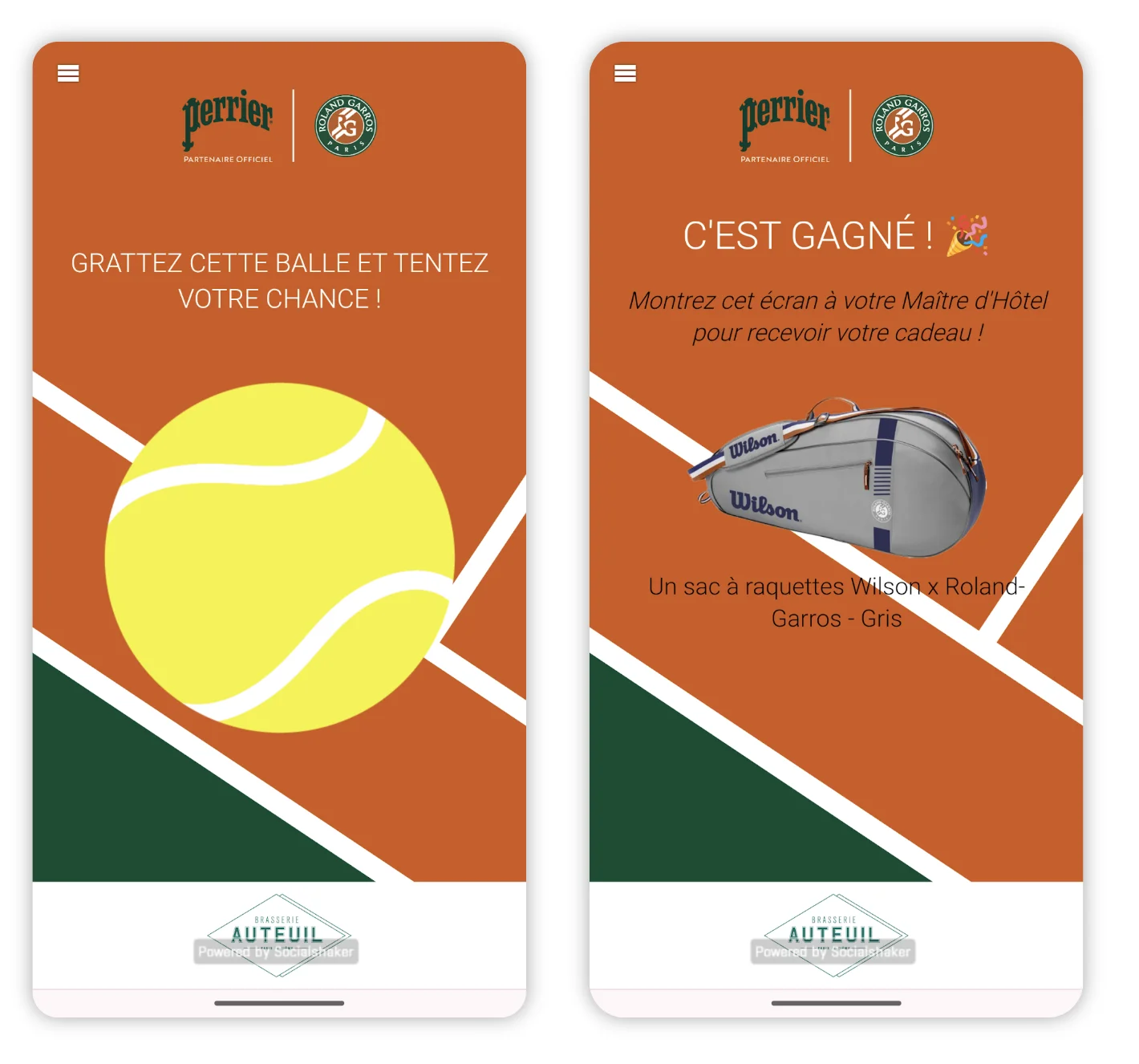
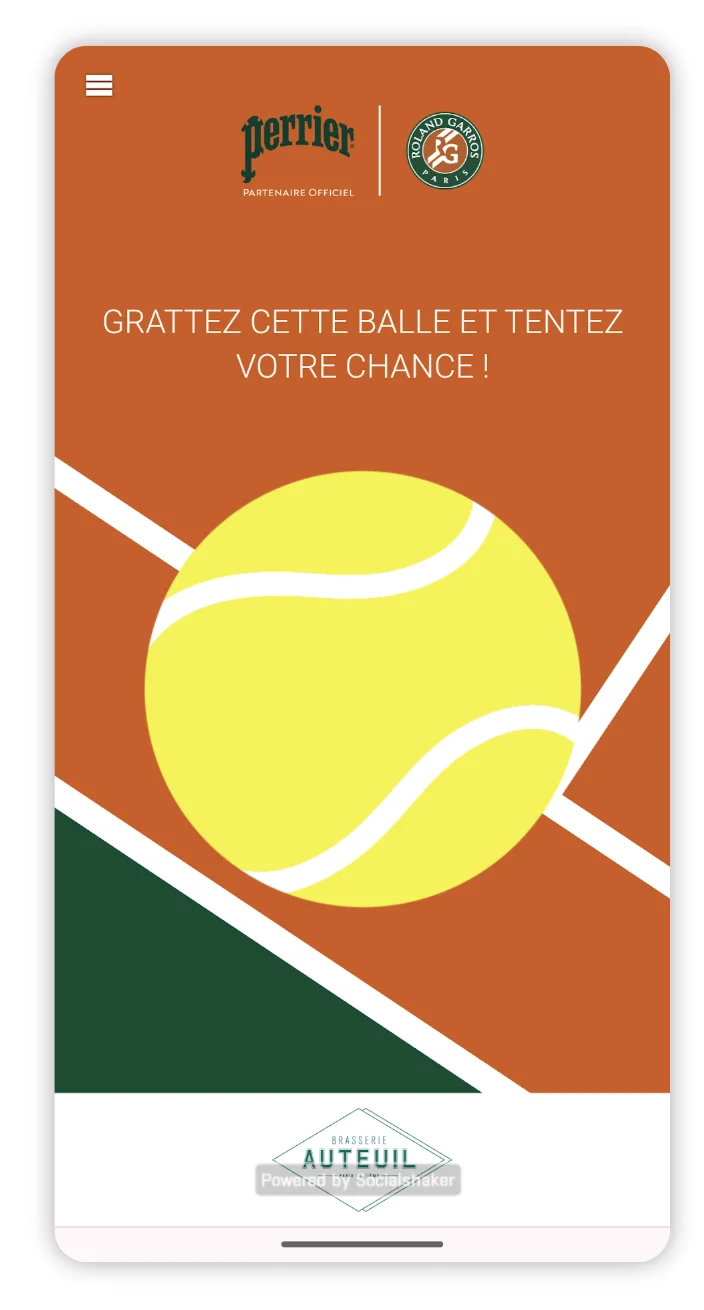
3. The immersive experience
Interactive tours, mini-series, animated storyboards and augmented reality content immerse users in the brand’s universe.
Example: A fashion brand hides clues on its website to help visitors discover its new collection in a fun way.
4. Photo or video contest
Inviting users to <a href="https://www.socialshaker.com/en/project/photo-contest/
“>create and share their own content is an excellent lever for engagement and virality. It promotes UGC (User Generated Content) and gives a voice to the community.
Example: A decorating brand launches a competition entitled “Ma plus belle d’automne” (My most beautiful autumn), with a voucher to be won.
5. Interactive live shopping
By combining live video, product demonstration and interaction (Q&A, polls), live shopping makes the shopping experience dynamic and engaging.
Example: A tech brand organizes a live event to present its new products, with exclusive offers activated in real time.
These interactive formats are all opportunities to transform a passive audience into active participants, while serving strategic objectives such as engagement, data collection or conversion.
5 tips for getting started in interactive marketing
Ready to take action? Here’s a quick checklist to get you started and make the most of interactive marketing:
1. Define a clear objective. Before choosing a format, my brand needs to identify its priority: awareness, engagement, conversion, lead generation or loyalty. The expected result will guide the entire campaign strategy.
2. Choose the right interactive mechanics. Adapt the format to the target audience, the channels on which it is broadcast and the company’s resources. A quiz to qualify, a competition to recruit, an immersive experience to leave a lasting impression…
3. Take care of the user experience. The campaign must be simple to understand, fluid on mobile, and visually appealing to maximize participation. The brand also needs to make the user experience as simple as possible (with a short data collection form, to avoid user abandonment).
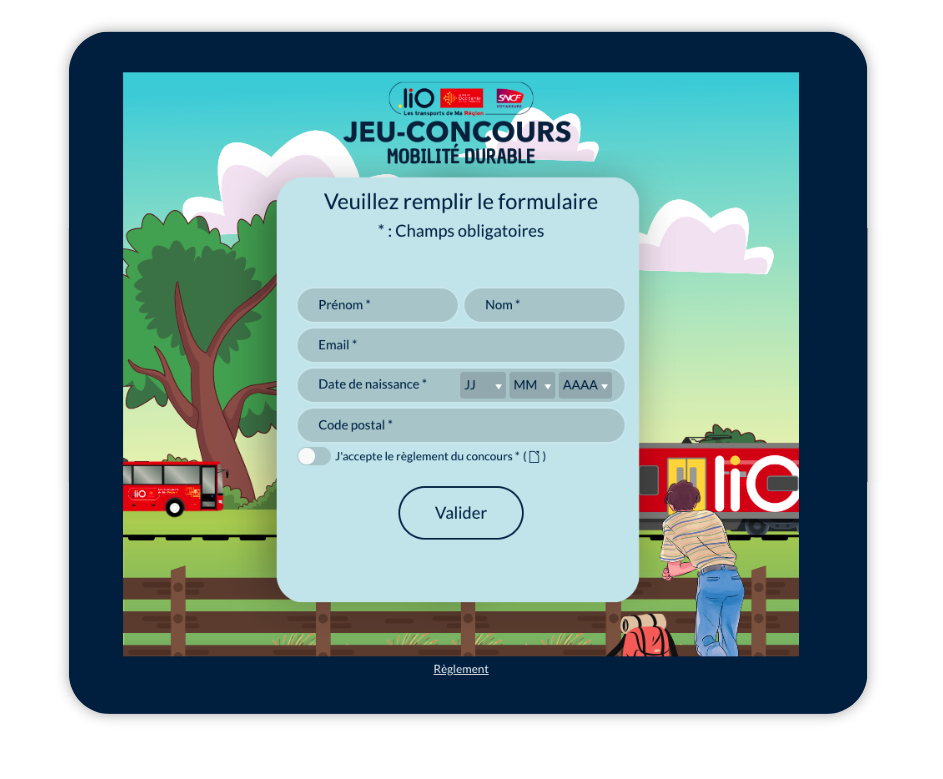
4. Add value to collected data. Retailers should take advantage of interaction to learn more about their audience (preferences, consumption habits, etc.). Be careful, however, to be transparent about data usage and comply with the RGPD.
5. Multiply distribution channels. Distribute the campaign wherever your audience is: social networks, website, newsletters, points of sale… And don’t forget to repeat the campaign several times!
By applying these tips, you lay the foundations for a solid interactive strategy, capable of captivating your audience while generating tangible value for your brand. Discover all our fun ways to engage your community and create memorable experiences!




